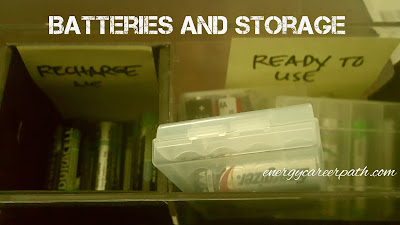From Peanuts to Pyrolysis
The method of using incineration to generate power by burning material (or waste) and then converting the steam to power turbines easily brings up arguments for and against its use. When discussing costs per tonnage, incineration requires the least capital. However, the ash, emissions, and the clean-up required as a result of the incineration process is an environmental challenge.
Pyrolysis involves the decomposition of organic material in the absence of oxygen, thereby reducing the amount of emissions. In addition, the process produces very little ash. This process can produce bio-fuel.
In a recent article, "Donation Drives New Direction of Bioenergy Research at University of Idaho", the University of Idaho received a donation from APT Advanced Trailer and Equipment LP to install a pyrolysis unit at the University's steam plant to research converting wood biomass to energy. Extracted from the article, "The process yields about 60 percent bio-oil; 20 percent syngas, a gas mixture that is then used to fuel the operation; and about 20 percent char that can be used as a soil amendment."
Now this nice and all, but what was interesting to me was the source of the funding. APT is known for their peanut drying trailers, so it only makes sense that they can provide a biomass drying trailer using their own technology. It's amazing how technology from one industry can transfer over to another industry to help it evolve in the most interesting ways. Here, it was from peanuts to pyrolysis.
~Michael
Pyrolysis involves the decomposition of organic material in the absence of oxygen, thereby reducing the amount of emissions. In addition, the process produces very little ash. This process can produce bio-fuel.
In a recent article, "Donation Drives New Direction of Bioenergy Research at University of Idaho", the University of Idaho received a donation from APT Advanced Trailer and Equipment LP to install a pyrolysis unit at the University's steam plant to research converting wood biomass to energy. Extracted from the article, "The process yields about 60 percent bio-oil; 20 percent syngas, a gas mixture that is then used to fuel the operation; and about 20 percent char that can be used as a soil amendment."
Now this nice and all, but what was interesting to me was the source of the funding. APT is known for their peanut drying trailers, so it only makes sense that they can provide a biomass drying trailer using their own technology. It's amazing how technology from one industry can transfer over to another industry to help it evolve in the most interesting ways. Here, it was from peanuts to pyrolysis.
~Michael



Interesting article. I never thought the peanut business could transfer into a non related industry.
ReplyDelete